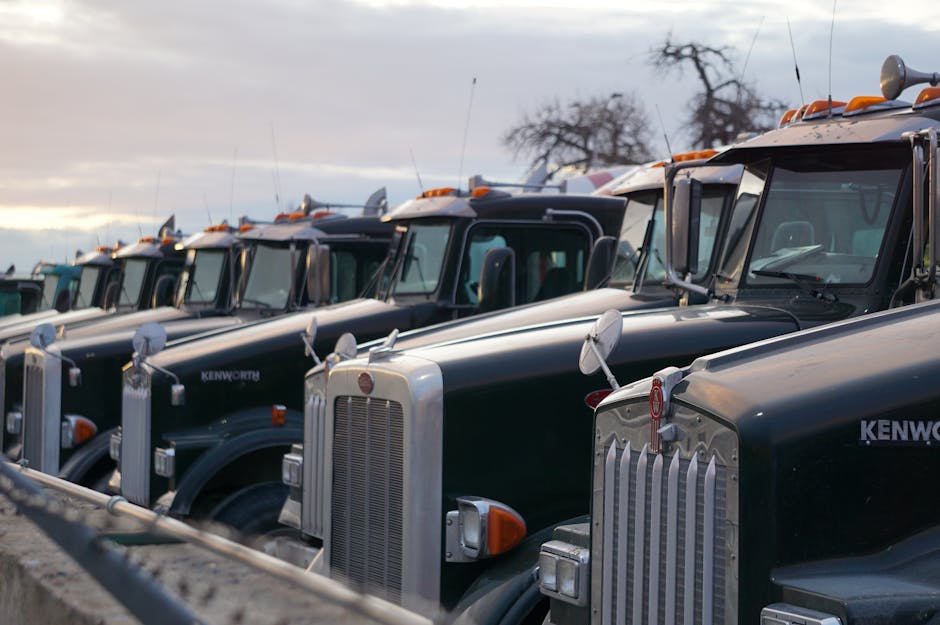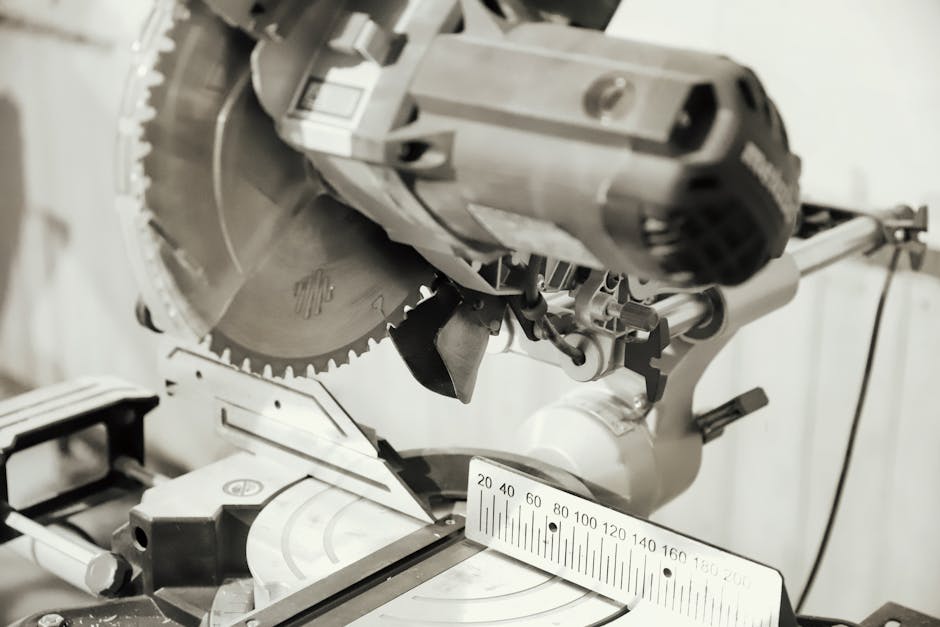It sounds like a scene from a dystopian blockbuster: a fleet of unassuming trucks rolling through city streets, armed with a network of cameras and sensors powered by artificial intelligence—watching, learning, and flagging anything deemed ‘suspicious’. This isn’t a movie plot; it’s a very real proposal from the U.S. Department of Homeland Security (DHS).
The agency recently issued a request for proposal for “AI-Based Mobile Video Surveillance” trucks, sending ripples of concern through privacy and civil liberties circles worldwide.
What Are AI-Powered Surveillance Trucks?
At its core, the DHS wants to create a mobile, high-tech surveillance network. These aren’t just vehicles with a few cameras bolted on; they are envisioned as intelligent, roving data-collection hubs. The key capabilities would include:
- Real-Time AI Analysis: Onboard AI systems would continuously analyze multiple video feeds.
- Behavioral Recognition: The AI would be programmed to identify “anomalous behavior,” track individuals, and flag unattended baggage.
- Biometric and Vehicle Identification: The trucks would use advanced facial recognition to identify people and automatic license plate readers (ALPRs) to track vehicles.
The stated goal is to enhance security at borders, ports of entry, and during large public gatherings, providing a flexible and powerful surveillance tool.
The Official Justification: Proactive Security
Proponents argue that a fleet of AI-powered surveillance trucks could be a game-changer in national security. They believe the technology can prevent terrorist attacks, track criminal suspects, and help manage chaotic situations like natural disasters with unmatched efficiency.
An AI, the argument goes, can monitor a thousand camera feeds simultaneously without getting tired or distracted, spotting a potential threat far faster than any human operator could. It’s the promise of proactive security—stopping a crime before it happens.
The Slippery Slope: From Security Tool to Surveillance State
While the proposal originates in the U.S., its implications are global. The arguments for these AI trucks echo the same justifications used for mass surveillance rollouts in countries like India, from Delhi to Hyderabad. The concerns are profound and universal.
First, there’s the issue of “mission creep.” A technology initially deployed for “national security” at a border can easily find its way into our neighborhoods, monitoring peaceful protests or everyday citizens. Who decides what constitutes “anomalous behavior”? An AI programmed with inherent biases could easily flag innocent activities, creating a society where everyone is a potential suspect.
Concerns Over Bias and Inaccuracy in AI
Second, the technology itself is far from perfect. Numerous studies have shown that facial recognition AI is notoriously less accurate when identifying women and people of color, leading to a higher risk of false positives. Imagine being wrongly flagged by a surveillance truck and having to prove your innocence to a machine—it’s a dystopian nightmare waiting to happen.
This move by the DHS sets a powerful precedent. In a world where governments are increasingly turning to technology for control, the line between a ‘smart city’ and a ‘surveillance state’ becomes terrifyingly thin. The American experiment with these AI-powered ‘eyes on wheels’ is something the entire world must watch closely.
The road to a safer society is one we all want to travel. But if it’s paved with all-seeing AI cameras that track our every move, we have to ask a critical question: what part of our liberty are we willing to sacrifice at the altar of security?




